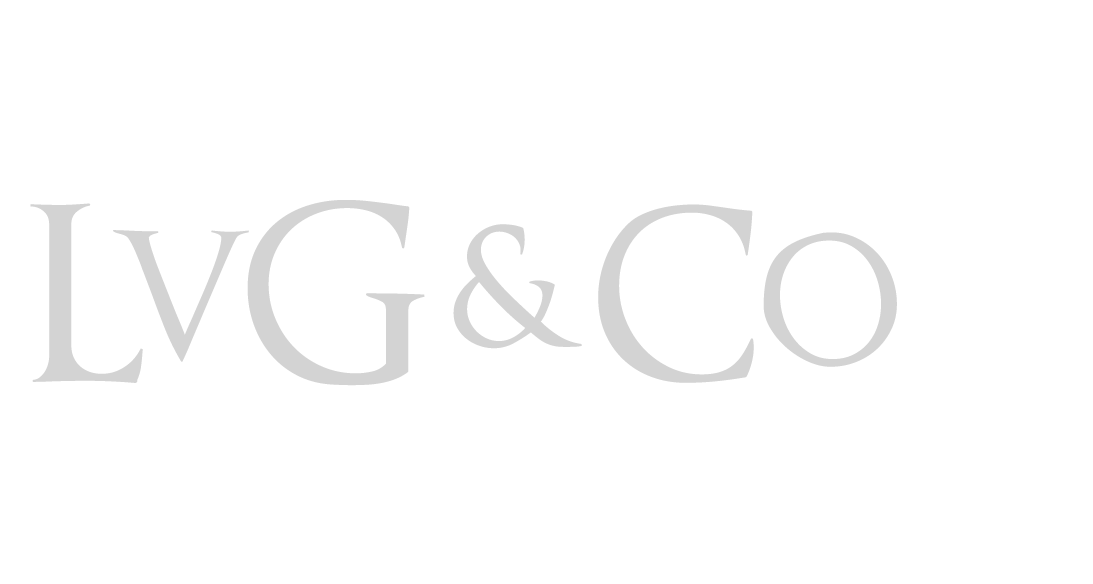What do brightly-colored picnic tables, a pogo stick, and a crate full of ping-pong rackets have in common?
These were all part of the decor at Vermonster, the Boston-based software consulting firm where design enthusiasts gathered to hear Lisa Gralnek, head of Brand Marketing at Moo, speak about brand authenticity. While the crowd snacked on pastries provided by Vermonster and drank Purity Organic juice, Lisa drew from her rich branding and communications experience in the fashion and luxury goods industries to break down what authenticity is, why it matters, and how to achieve it.
What is authenticity?
In her engaging and energetic style, Lisa kept the early morning crowd alert by explaining that an authentic product or brand is of undisputed origin. It is genuine. It is made in a traditional or original manner. Its origin and claims are based in fact. Nothing about it is false or imitation.
Why should brands care to be authentic?
It is what consumers want. Lisa quoted Gina Piccalo from the Los Angeles Times: “Modern life has become an endless high-speed connection… [Consumers] are always online – and on medication – checking email, checking voicemail … [Consumers] crave something far more visceral … callused hands and a lungful of fresh air … the stripped-down, low-fi version of life, the kind that feels vintage, handmade, or homegrown. [Consumers] want authenticity.”
Before getting into what makes a brand authentic, Lisa broke down the five central components that make a brand:
Mission – Why does the brand exist? What is it here to do?
Vision – What impact does the brand want to have on the community?
Values – What are the principles that guide a brand’s behavior?
Personality – How will the brand connect with people?
Promise – What will the brand deliver to stakeholders (consumers, owners, suppliers, local community)?
To be authentic, a brand must be consistent across all five categories. As an example of a successfully authentic brand, Lisa described a fictional butcher shop in Hong Kong, run by the no-nonsense butcher Henry. His mission is to provide the best quality meat at the best price for the local community. His vision is to leave the business to his children. His values are defined by his mission: best quality, best prices. Henry may not be the nicest guy around, but his manner gives his customers confidence that he will provide the best quality meat at the best prices. Because Henry delivers consistently across these five components, his customers keep coming back.
It is not sufficient, however, for a brand to stop at consistency across these five categories. A brand must also share this information with its stakeholders. Lisa explained that brands can deliver this message through story-telling, community-building, transparency, and by immersing the consumer in a 360° experience. Lisa cited the Apple store as an excellent example of brand delivery. Consumers gather in the store not only to buy products, but also for technical support and to take classes, all the while connecting with other Apple enthusiasts. As Apple users become emotionally connected with the brand, they turn into unofficial spokespersons within their own communities.
Lisa pointed out that in addition to creating a strong emotional connection with consumers, a strong brand can drive the valuation of a company beyond its tangible book value. Interbrand’s Best Global Brands Report gives excellent examples of this so-called brand equity. Louis Vuitton’s 2014 brand equity was $22.6 billion. Google’s was $107.4 billion. Brand strength positively influences pricing, too. Consumers are willing to pay more for name-brand products vs. generic products. Think Tylenol vs. store-brand acetaminophen.
Lisa’s talk concluded with excellent questions from the audience pertaining to protecting a brand and ensuring consistency.
As a designer and engineer building my own personal brand, I left Vermonster with a much better understanding of the content my message should have, and excellent guidance on how to deliver it. I’m sure I was not the only one.
Written by Design Museum Boston Volunteer and Contributor Tobias Froehlich.
